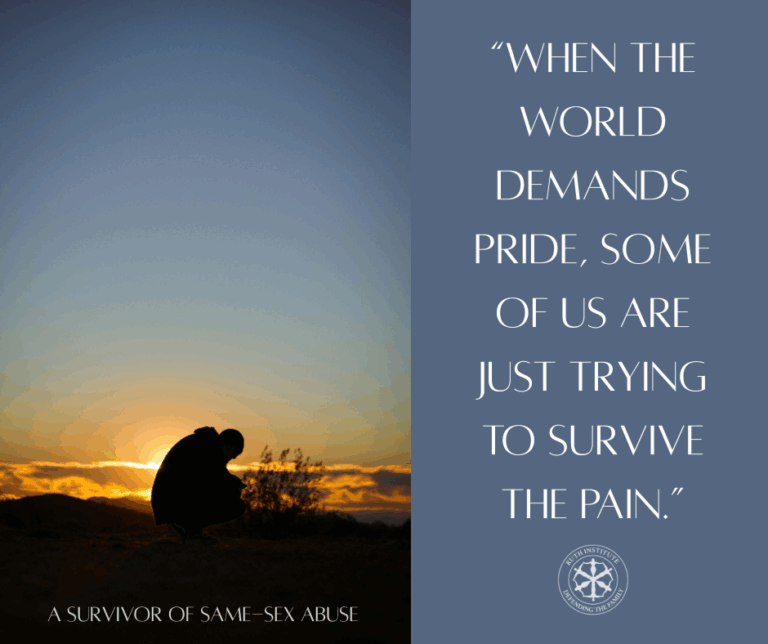By Brandon Showalter
This article was first posted on Christian Post on December 19, 2017.
A new Senate report is highlighting the effects of unwed childbearing and family breakdown as approximately 40 percent of births in the United States now
occur outside of wedlock. And what are known as “shotgun” marriages are largely a thing of the past.
The sharp rise in nonmarital births is a result of a complex mixture of moral, behavioral, and social changes given how the Sexual Revolution overhauled
the American landscape, noted Robert VerBruggen, deputy managing editor of National Review, writing on the blog of the Institute for Family Studies Monday. Two out of every five pregnancies in the United States now occur outside of wedlock.
“Married couples’ fertility rate plummeted by about a third in the 1960s and early 1970s, almost certainly thanks to the introduction of the Pill at the
beginning of that period,” he wrote.
“Married people have always been sexually active, and the Pill allowed them to continue doing what they were doing with a drastically reduced risk of pregnancy
if that was what they wanted.”
But such a shift in mindset about sex has reorganized adult priorities while having grievous consequences on children, another scholar pointed out.
“People today generally believe that unlimited sex is an entitlement and that children have only the rights adults choose to give them. This is called
‘reproductive justice,’ because it neutralizes the impact of children on education and career, and supports ‘equality’ between men and women,” said
Jennifer Roback Morse, president of the Ruth Institute, in an interview Tuesday with The Christian Post.
“But if you believe that kids need and are entitled to a relationship with both their own parents, the moral calculus changes considerably.”
Sex outside of marriage puts the prospective children at risk of experiencing at least one form of injustice, Morse went on to say. They are either killed
via abortion; put at risk of a weak or nonexistent relationship with one parent, often the father; or are placed for adoption, separating the child
from their biological parents, at least for the duration of their childhood, she explained.
The Senate report,
“Love, Marriage, and the Baby Carriage: The Rise in Unwed Childbearing,” was released this month and prepared by the vice chairman’s staff of the Joint
Economic Committee at the request of Senator Mike Lee (Republican of Utah). The findings examine the trends and aim to understand how the United States
arrived at its current social state.
The report also reveals that “shotgun” marriages — where the woman’s father supposedly enforced the social norm of marriage by threatening to shoot
the guy who impregnated his daughter — have tanked.
“We ridicule this norm, because we forget that it had the benefit of protecting the interests of children in having relationships with both parents,” Morse
commented.
“The most just solution for the child, is for the parents to marry each other, and work together for a lifetime for the good of the child, and their whole
family. We accept injustice to children as the price we are willing to pay for adult sexual freedom and ‘gender equality.'”
The report data shows that in the early 1960s, 43 percent of unwed pregnancies precipitated a hasty, “shotgun” marriage. Today, only 9 percent of unwed
pregnancies result in such quick marital arrangements. Young couples no longer see the necessity of getting married because a child is coming.
Unmarried people as a group had previously limited their sexual activity, concerned about both unwanted pregnancy and social stigma, the report found.
But they, too, began having sex earlier and more frequently as they gained access to hormonal contraception and as changing attitudes made premarital
sexual relations more acceptable.
“Further societal changes made unmarried childbearing, not just sex, more acceptable, such that half of births from nonmarital pregnancies today are intended,”
VerBruggen observed.
The authors of the report do not think that abortion is a significant contributor to these trends, he explained. The abortion rate increased during the
1970s but dropped in the following decades and remains by all measures lower today than when Roe v. Wade was decided in 1973.
“It’s a frustratingly complex picture; and half a century after the Sexual Revolution, with no reversal in sight, these may primarily be academic questions
anyway. But if we’re not happy where we are in this regard — and we shouldn’t be, given the harms children have suffered from family breakdown
— it can’t hurt to know how we got here,” VerBruggen said.



